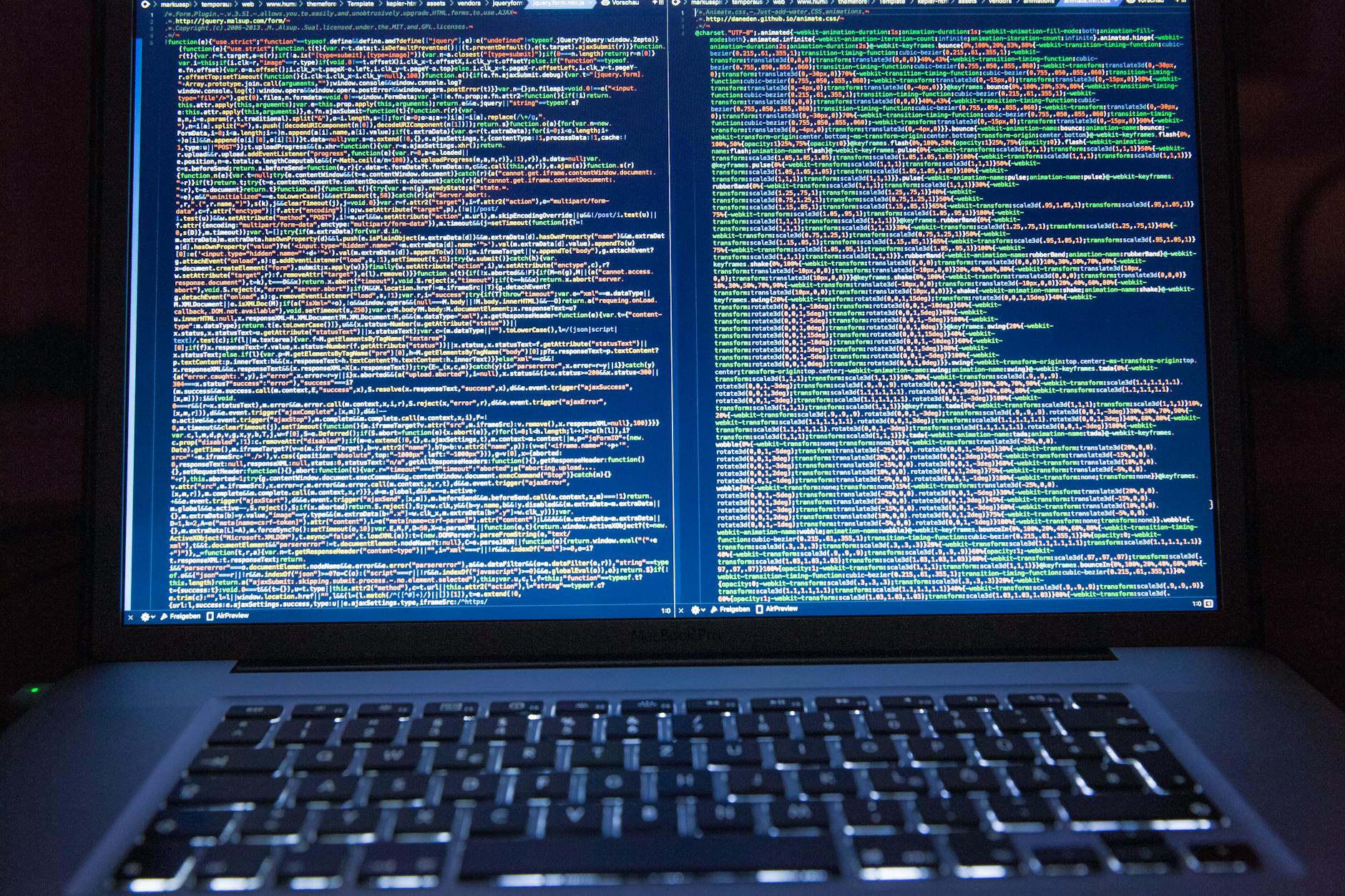In what cybersecurity circles are calling an unprecedented event, a massive data leak has been uncovered, exposing a staggering 26 billion records from platforms such as Twitter, Dropbox, LinkedIn, and many others. This colossal breach, now known as the ‘Mother of All Breaches’ (MOAB), is not just a wake-up call but a blaring siren for cybersecurity measures worldwide.
What just happened? Cybersecurity researcher Bob Diachenko, alongside the CyberNews team, stumbled upon a database so vast that it has been aptly dubbed MOAB. This dataset, comprising 12TB of data, is a compilation of records from a multitude of sites, including heavyweights like Twitter/X, LinkedIn, Tencent, and Weibo, to name a few.
The discovery of this database, which contains 26 billion records neatly organized into 3,800 folders corresponding to separate data breaches, is likely the largest-ever compilation of multiple breaches. The numbers are staggering, with the largest number of records, 1.5 billion, coming from Tencent, followed by Weibo with 504 million, and not far behind, MySpace with 360 million, and Twitter/X with 281 million.
The inclusion of data from MySpace, a social media pioneer, underscores the age of some records. However, the continued practice of reusing the same email and password combinations by many users gives such databases a frighteningly current relevance. Hackers can exploit these old yet still active credentials for credential stuffing attacks, posing a significant threat to cybersecurity.
Researchers have warned that ‘threat actors could leverage the aggregated data for a wide range of attacks, including identity theft, sophisticated phishing schemes, targeted cyberattacks, and unauthorized access to personal and sensitive accounts.’ The database also contains records from various government organizations, including those from the US, which raises the alarm even higher.
While it’s important to note that a considerable portion of MOAB’s records are from older leaks, the potential for new, previously unseen information to be included cannot be dismissed. The recent news of the database comes on the heels of another discovery by Troy Hunt, who found a data dump containing 71 million unique credentials and 25 million never-before-seen passwords.

The scale of the breach is not only a concern for individual users but also for major entities, especially in China, with Tencent and Weibo being significantly affected. The leaked data’s reach extends to various US and other government organizations, amplifying the global scale of the breach.
In light of this breach, a LinkedIn spokesperson has stated, ‘We are working to fully investigate these claims, and we have seen no evidence that LinkedIn’s systems were breached.’ This response highlights the ongoing efforts to understand and mitigate the consequences of the leak.
The implications of such a breach are far-reaching. Cybersecurity experts are urging the public to be vigilant, change passwords regularly, and enable two-factor authentication wherever possible. The breach serves as a stark reminder of the importance of cybersecurity hygiene and the need for robust protective measures against such large-scale data exposures.
As we grapple with the reality of this historic data leak, it’s clear that the impact of MOAB will be felt for some time to come. The breach’s magnitude sets a new precedent in the cybersecurity landscape, and it is a call to action for individuals and organizations alike to fortify their digital defenses against the ever-evolving threat of cybercrime.
Related posts:
Massive leak exposes 26 billion records in mother of all breaches
Major data leak: 26 billion records exposed from platforms including Twitter and LinkedIn, report says
‘Mother of all breaches’ data leak reveals 26 billion account records stolen from Twitter, LinkedIn, more





